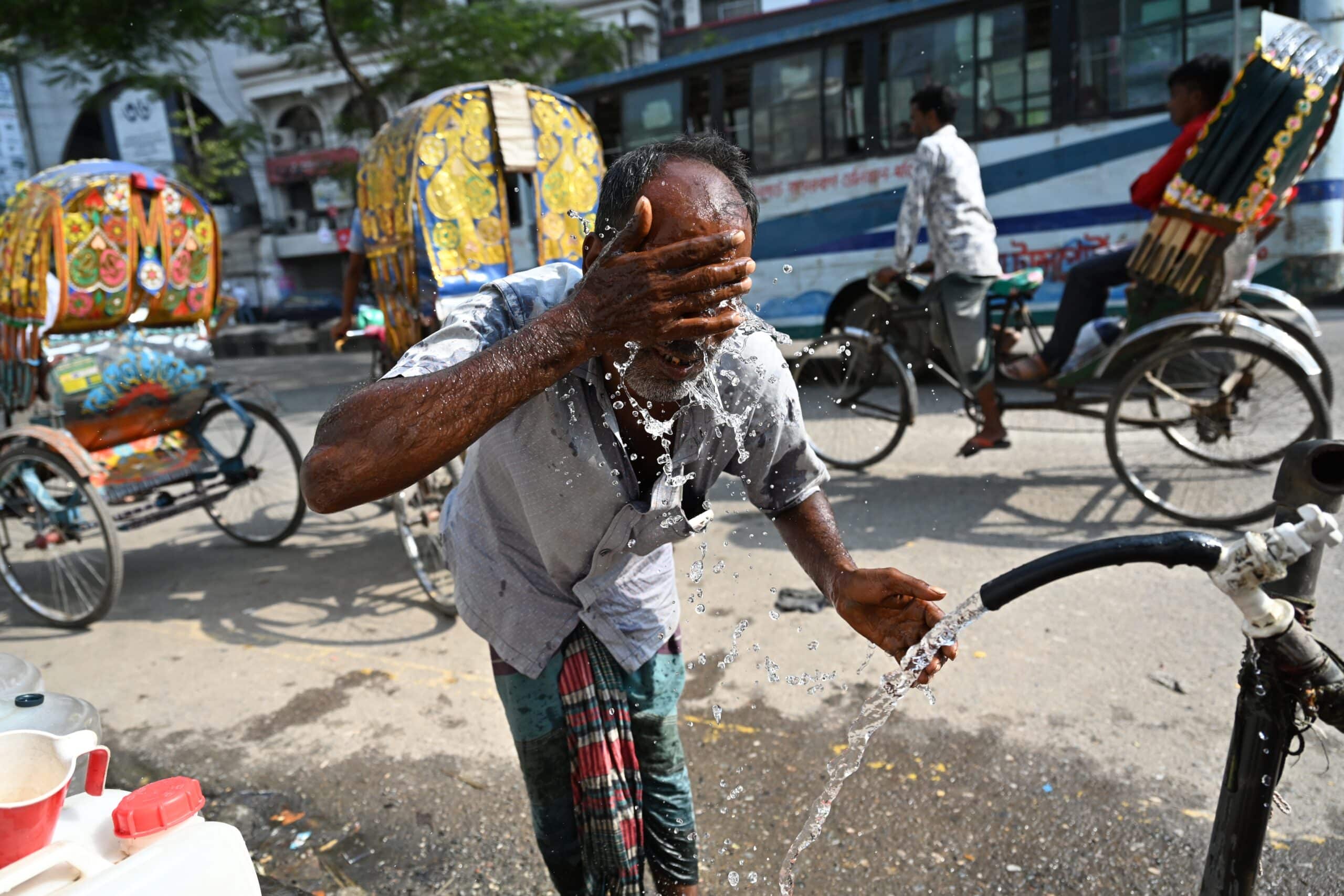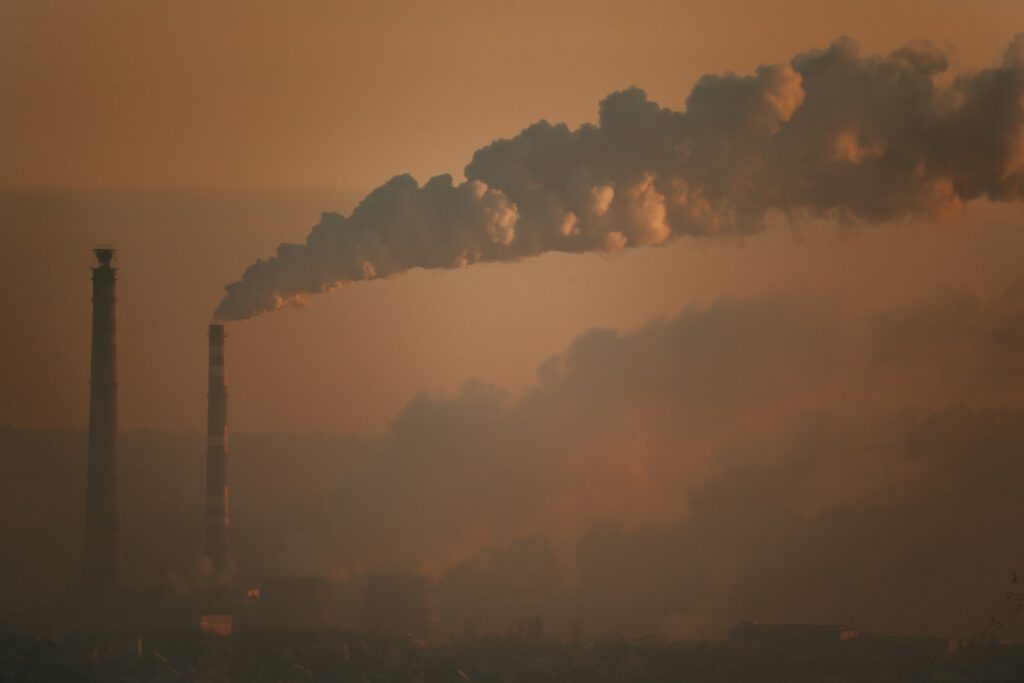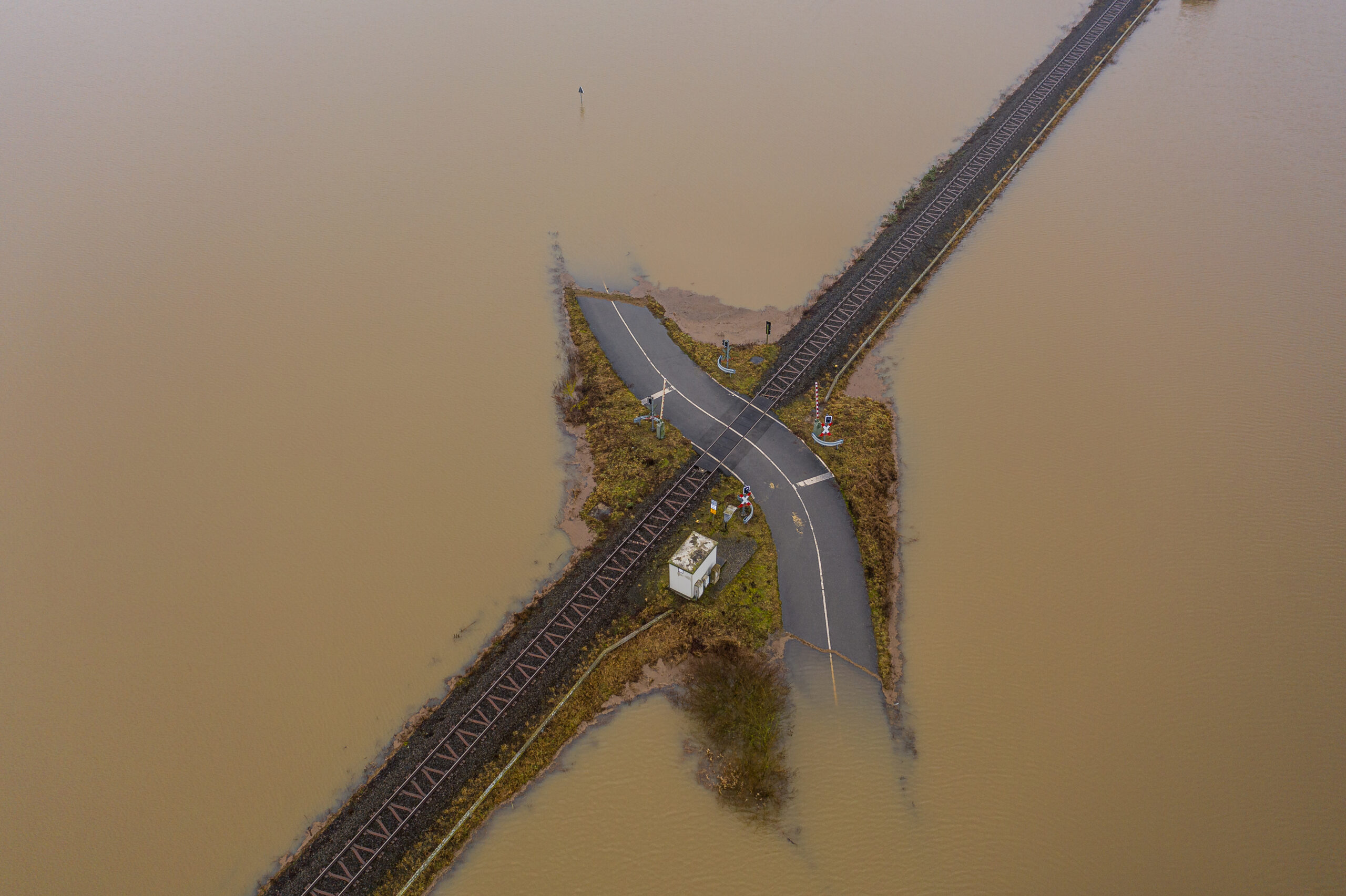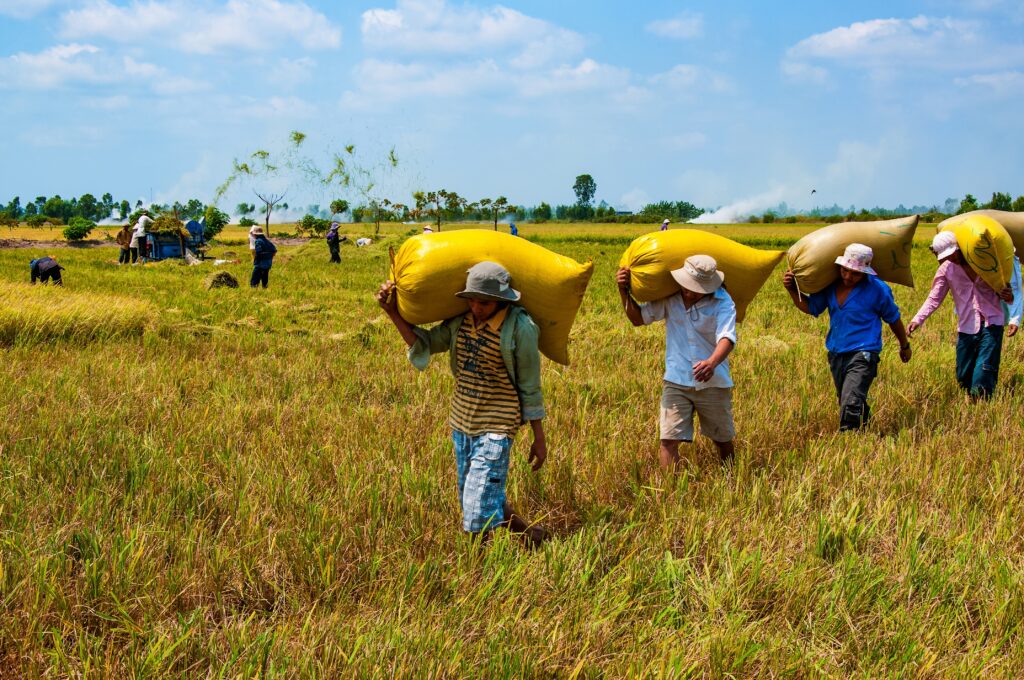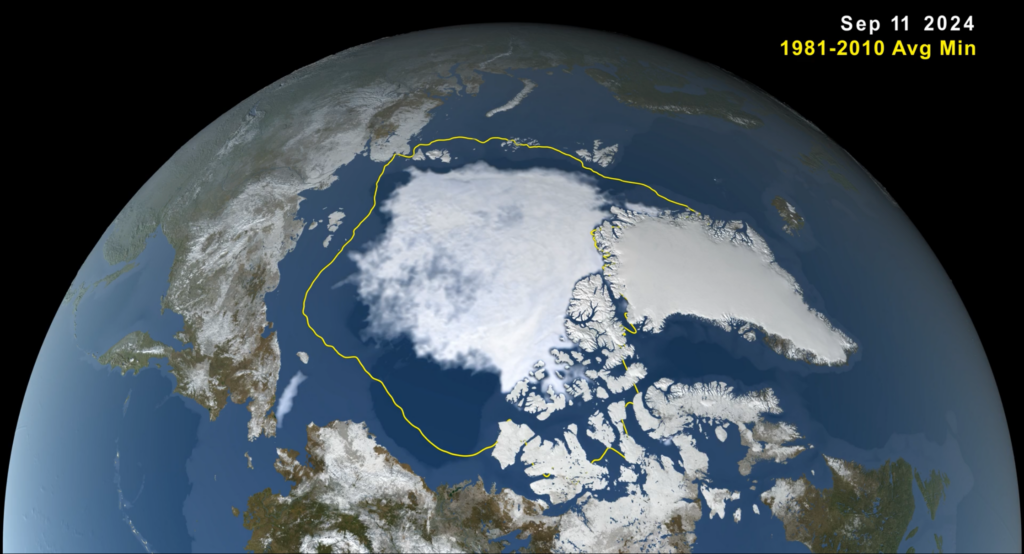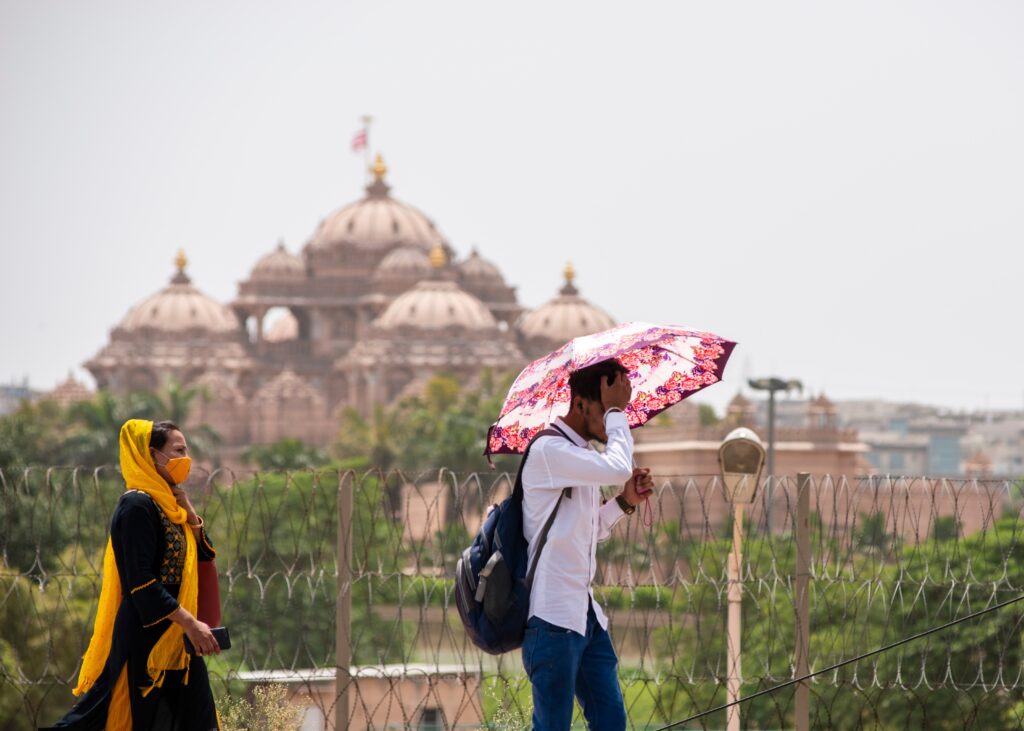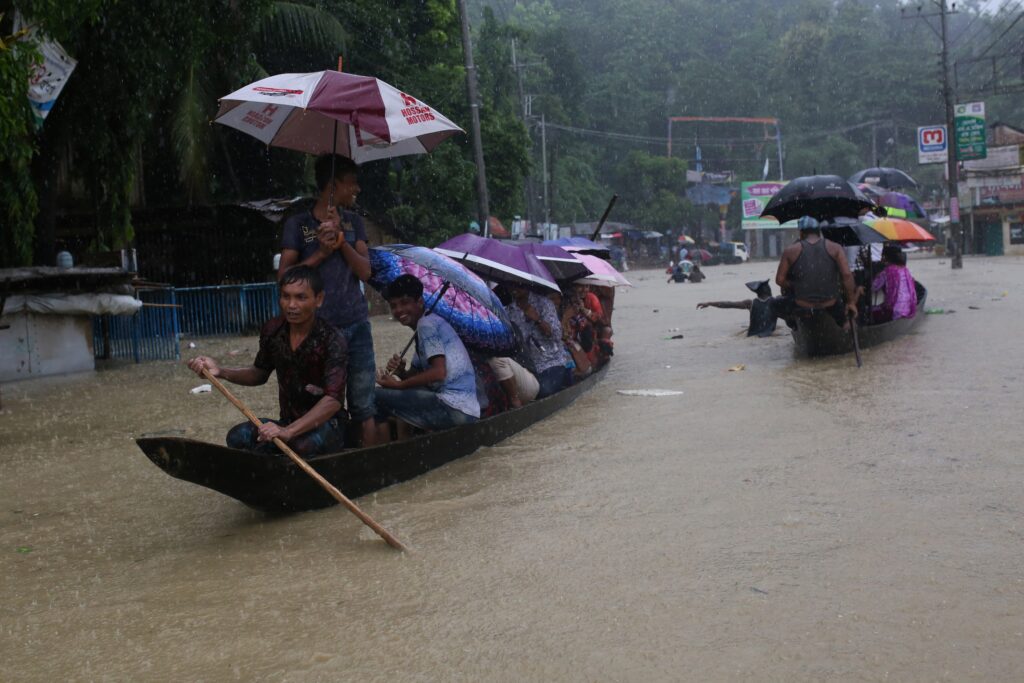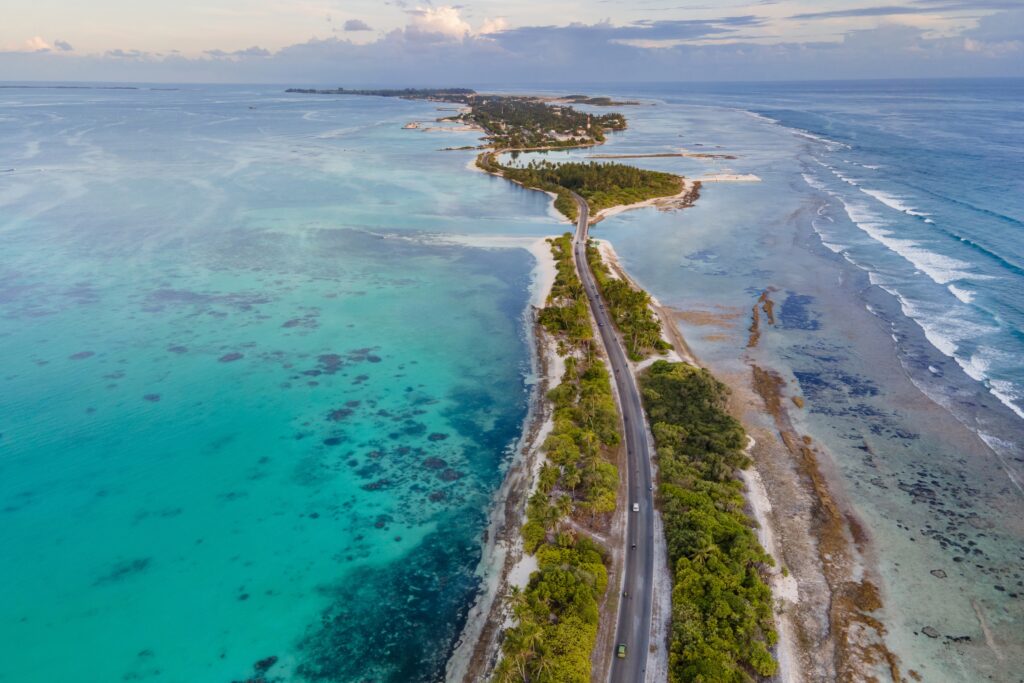Climate change is driving temperatures higher, with the world set to reach 1.5°C of warming midway through the century. This temperature increase is leading to more extreme heat events and prolonged heat waves, which can severely hamper communities’ social, economic and physical health. Public understanding of extreme heat safety tips is critical for community-level adaptation across the world.
What Is Extreme Heat?
Extreme heat is a period of unusually high temperatures compared to the historical normal for a region and season. While we often think of extreme heat as an event that only occurs in the summer months, all seasons can have heat waves.
For example, during January 2023, Europe saw some of the hottest winter temperatures ever, with Warsaw reaching 18.9oC, 5oC higher than the previous record.
Extreme Heat Symptoms
Extreme heat is debilitating and can lead to profound health implications. In fact, up to 500,000 deaths annually are attributed to hot weather.
Heat Exhaustion and Body Temperature
If not adequately managed, heat will reduce your body’s ability to cool itself and cause you to lose liquids, leading to dehydration. Ultimately, your body temperature rises, making you susceptible to heat-related illnesses like heat stroke, heat exhaustion and heat cramps. Understanding the signs of these conditions is the first step in protecting yourself from heat wave.
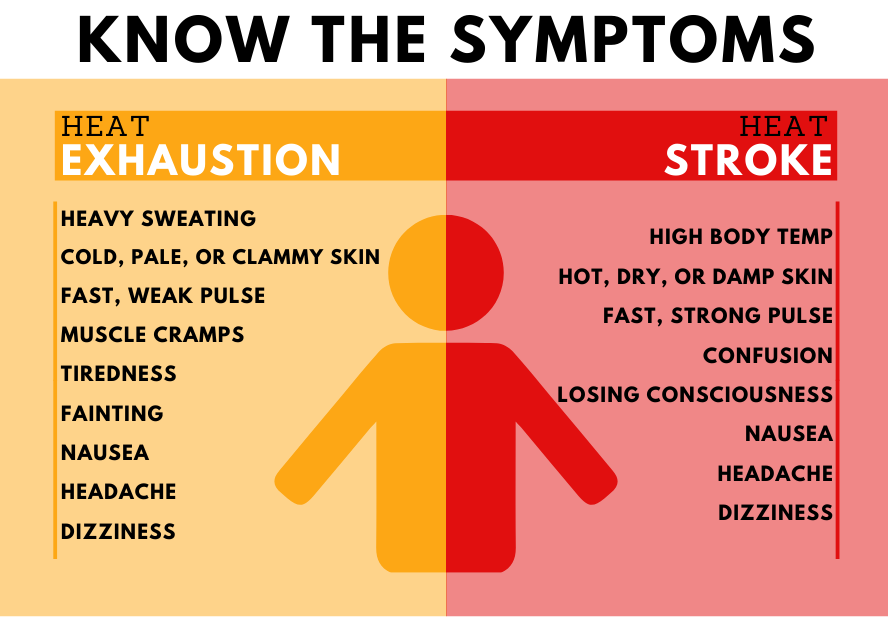
General Symptoms
General symptoms include heavy sweating, muscle cramps, extreme weakness, nausea, dizziness, fainting, weak pulse and clammy or red skin. In left untreated, heat illness can lead to death.
Tips: How to Stay Safe in Hot Weather
Following are some of the best extreme heat safety tips and heat safety precautions to stay safe in hot weather.
1. Reducing the Urban Heat Island Effect
Especially within cities, heat can be amplified by the urban heat island effect, a phenomenon where built infrastructure absorbs and emanates heat. This means urban areas tend to trap heat, and temperatures will be higher than in rural zones or places with natural spaces and shade.
To counter this, more and more cities are attempting to improve their city planning by planting trees to encourage canopy cover and shade, installing reflective panels, painting on skyscrapers and growing green roofs.
Similar actions can be taken at home: increasing canopy cover through plants, covering windows with reflective materials or spending time in tiled parts of your home, which do not absorb as much heat.
2. Staying Hydrated
Staying hydrated is arguably the most important extreme heat safety tip. The human body can lose over 1L an hour in extreme heat from sweating alone. It is critical to replace these lost liquids to protect against dehydration, maintain normal body temperature and help the body continue to sweat.
If dehydration sets in, the body will struggle to maintain normal functions, leading to risky heat-related illnesses and extremely high body temperature. Make sure to drink cool water before you’re thirsty, and don’t wait until it’s too late.
3. Finding Ways to Stay Cool – Air Conditioning
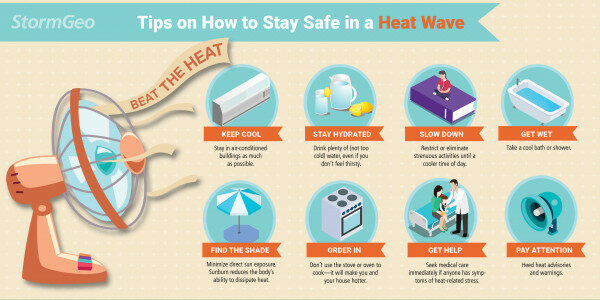
Remaining cool is another easy and essential extreme heat safety tip. First, air conditioning is a short-term solution to maintain cool temperatures indoors. However, the energy needed to power window air conditioners can be excessive and exacerbate the heat island effect as well as climate change. Make sure to use air conditioning in moderation and in conjunction with other options.
Keeping windows open or using fans and other breeze-creating devices is a more responsible alternative. You can also stay cool by limiting physical exercise, wearing loose and light colored clothing, taking a cool shower and using damp clothes to alleviate heat. Staying out of the sun is also highly recommended to prevent heat related illness.
4. Working as a Community
Inter-community support plays a vital role in times of extreme heat, particularly for those at high risk or unable to care for themselves. Check on your neighbours to ensure they stay cool and know how to stay safe during heat waves.
5. Spending Time in Nature
The canopy cover created by forests and foliage of natural areas reduces the ambient temperature. Spending time in covered natural areas like these will lessen the impact of extreme heat compared to cities or densely populated urban areas.
In addition to naturally providing shade and reducing ambient temperatures, natural areas minimise noise, dust and pollution and can have positive mental health benefits. The range of benefits nature offers can make it a go-to sustainable solution for cities and urban areas.
6. Leveraging Smart Technology and Design
Planning and adapting to heat waves improves long-term resiliency and reduces risks during extreme heat events. Capitalising on smart technology and design are two main avenues for heat-related resilience planning.
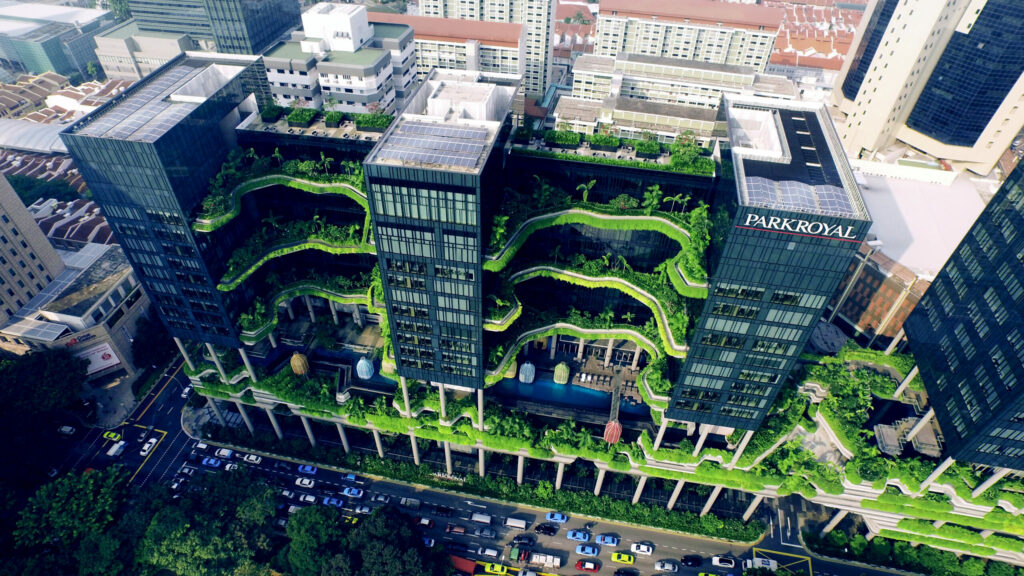
Architects and engineers now often consider extreme heat within their designs for retrofits and new builds. This enables the implementation of building materials, design choices and specific technologies directly built into homes or workspaces with cooling properties, such as shading windows, ventilation with heat recovery and insulated air conditioning.
How To Prepare for Extreme Heat
Extreme heat is an issue that will continue to worsen as the century progresses. Preparing for these changes takes two primary forms: building heat-resilient communities and education.
First, communities must adapt by developing heat-resilient infrastructure and implementing green building design. Second, people need to know how to remain cool during these periods and recognise the potential symptoms of heat stress. Catching heat-related illness early is also critical in reducing mortality rates and long-term damage.
Remember to stay hydrated, out of the sun and, if possible, leave urban areas during extreme heat events.
Eric Koons
Writer, United States
Eric is a passionate environmental advocate that believes renewable energy is a key piece in meeting the world’s growing energy demands. He received an environmental science degree from the University of California and has worked to promote environmentally and socially sustainable practices since. Eric has worked with leading environmental organisations, such as World Resources Institute and Hitachi ABB Power Grids.
Eric is a passionate environmental advocate that believes renewable energy is a key piece in meeting the world’s growing energy demands. He received an environmental science degree from the University of California and has worked to promote environmentally and socially sustainable practices since. Eric has worked with leading environmental organisations, such as World Resources Institute and Hitachi ABB Power Grids.

